About Sonam Peldren – Tibet’s First Female Tulku
This is the story of Sonam Peldren, a Tibetan yogini, is the earliest recorded female tulku. (1) She lived in thirteenth-fourteenth century Tibet.
Some Background
The system of finding a “tulku” (sprul sku) is one way that the Buddhist lineages are passed on through generations. Someone who is known as a tulku is recognized as a reincarnation of a previous Buddhist master. Some tulkus are associated with major institutions, such as the Karmapa or the Dalai Lama. Others are recognized regionally, or others by certain local traditions, particular lineages or particular monasteries. Sonam Peldren was the first Tibetan woman recognized as a tulku.
Sonam Peldren was recognized as a tulku at the end of her life, after she had already demonstrated her abilities. Such a late recognition is not uncommon for female tulkus. Most tulkus in Tibetan Buddhism are men and few have been women. Historically speaking, the manner of their recognitions varied, with men being recognized in childhood and women being recognized as tulkus after they had already demonstrated their abilities. This is described by Havnevik:
“While the position of the male tulku is institutionalized, this is not the case for female incarnations. Regardless of their abilities, young boys are installed in high positions as abbots and hierarchs of important monasteries, but this is not the case of girls. The recognition of tulkus is a matter of ascribed status…
Female incarnations can occasionally be recognized when they are young, like Jetsun Pema and Khandro Rinpoche. It seems to have been the rule that very few women who became eminent religious teachers and who were recognized as incarnations, were recognized as such only after having proved their abilities.”
– Havenik 133-134 (2)
The Story of Sonam Peldren
As a young girl, when a marriage was arranged for her, Sonam Peldren had refused the suitor chosen by her parents and said she was karmically destined to be married to Rinchen Pel from Kham. They married and she spent her life as a nomad, wandering from place to place with her husband.
Sonam Peldren was associated with various “miracles” such as breaking up a knife fight between four men by single handedly holding them apart. In the story of another miracle, when the horses were stolen in the middle of the night, she jumped onto a remaining horse, chased down the thieves and took the stolen horses back. (1)
During the last year of her life she had many visions and dreams. She gave religious teachings in the form of spontaneous songs. Even though she was not officially trained in Buddhism, these songs contained themes of all the Buddhist doctrines and practices including Mahamudra. Her legend says she had a miraculous death and appeared in the form of Vajrayogini to give messages to her husband after she died.
Sonam Peldren was finally recognized at the end of her life and due in great part to her miraculous death. She was recognized as an emanation of Dorje Phagmo, Vajrayogini. Even though she had proclaimed this identity outright while she was alive, it wasn’t until after many miracles, spontaneous songs and after the event when many relics were found at her death, her status as a tulku was confirmed.
Post-humonously she was recognized as the early progenitress of the Tibetan Samding Dorje Phakmo lineage. Her next incarnation was Chokyi Drolma.
(1) Bessenger, Suzanne. Echoes of Enlightenment: The Life & Legacy of Sonam Peldren. Dissertation, University of Virginia, 2010
(2) Havnevik, Hanna. Tibetan Buddhist Nuns: History, Cultural Norms and Social Reality. Oslo : Oxford ; New York: Oxford University Press, 1990. Print. 133-134
Additional Sources:
Diemberger, Hildegard, and Marilyn Strathern. When a Woman Becomes a Religious Dynasty: The Samding Dorje Phagmo of Tibet. Reprint edition. Columbia University Press, 2012. Print.
“Sonam Peldren.” The Treasury of Lives. N.p., n.d. Web. 26 June 2015.

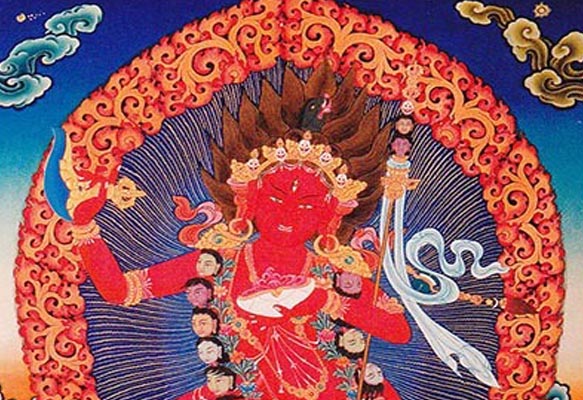

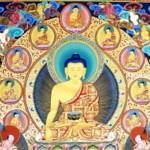
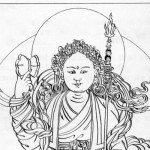
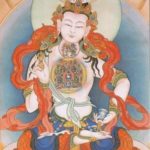

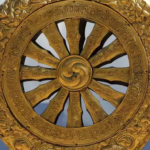


Comments are closed.